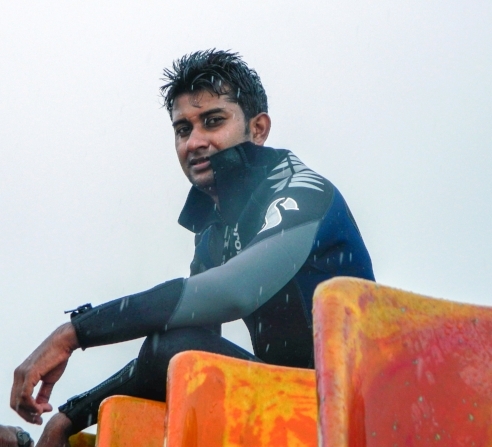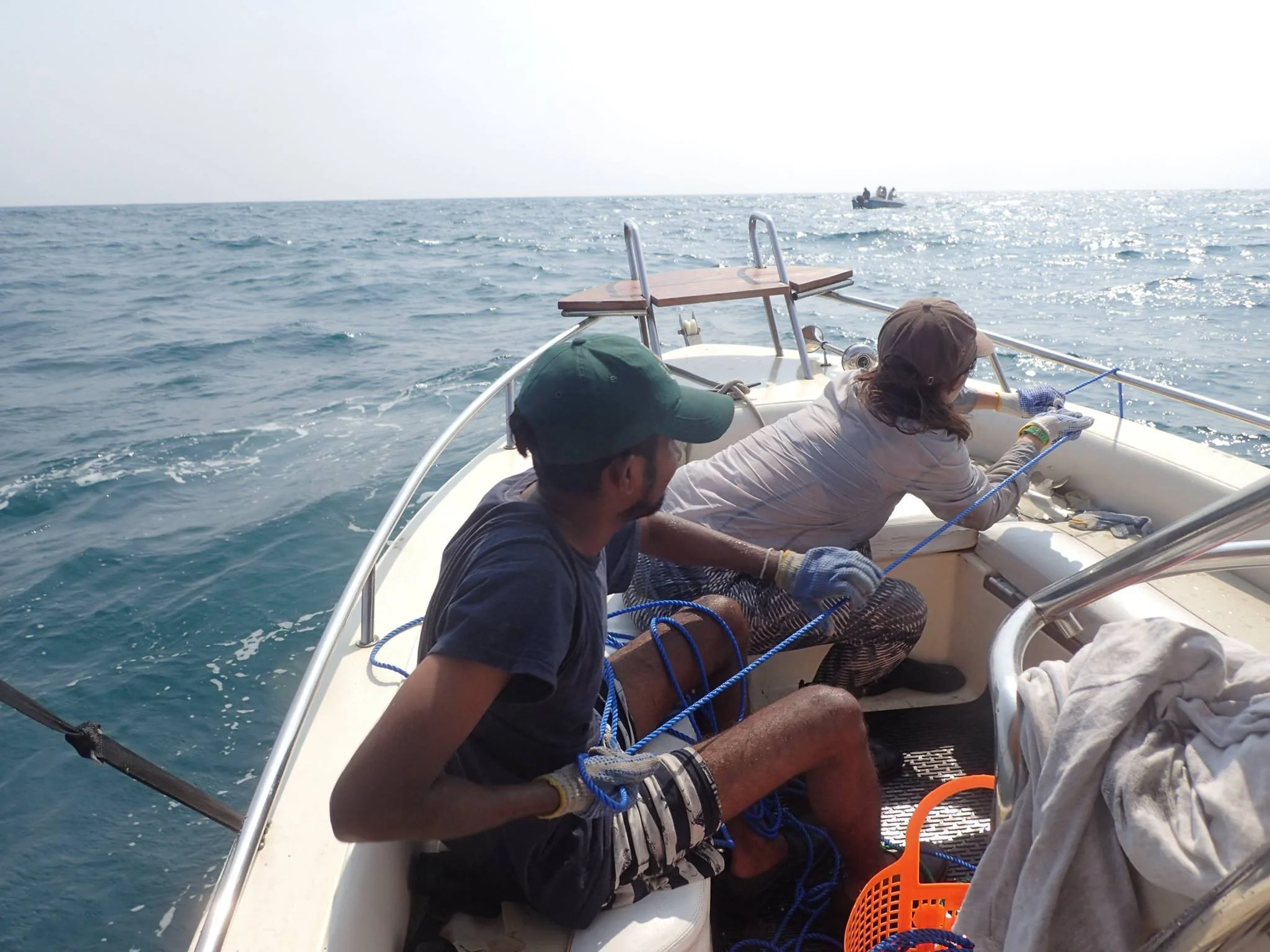Seagrass and Climate Change Programme
The Seagrass Project at Blue Resources Trust studied Sri Lanka’s seagrass meadows to advance science-based conservation and management.
Through island-wide research and monitoring conducted with Project Seagrass, the project explored how seagrass habitats support fisheries productivity, biodiversity, and food security, focusing on the Puttalam Lagoon — one of Sri Lanka’s largest and most important seagrass ecosystems.
It also built local research capacity and strengthened partnerships to highlight the vital role of seagrasses in sustaining marine ecosystems, coastal livelihoods, and national food security.
Meet the Team
-
Susantha Udagedera
Director
Detailed Overview
Twelve species of Seagrass have been recorded from Sri Lanka, ranging from North, South, Southwest, West and Northwest coastal areas. The Puttalam lagoon has an extensive Seagrasses meadow, which in the early and mid-1990s covered approximately 24% of the total lagoon area. The lagoon is a large 327 km2 lagoon in the Puttalam District of western Sri Lanka and is both economically and ecologically important to the 250,000 people who live in the area. Seagrass habitat in Puttalam lagoon supports fisheries productivity and importantly food supply in such areas.
However, Seagrasses are subjected to a magnitude of threats, and have declined rapidly in the last two decades, with many severe environmental impacts. With an estimated loss of 110 km2 a year, and a loss of 29% of the Seagrass area that was believed to have existed at the beginning of the twentieth century (Serrano et al., 2016; Cullen-Unsworth and Unsworth, 2013). Decline of the standing crop of Seagrasses ecosystems in northern, eastern and western parts of the Negombo Lagoon (~100 km away from Puttalam lagoon) is estimated as 96% from 1997 to 2004 (only seagrass decline data available for Negombo Lagoon ( De Silva and Amarasinghe, 2007). The risk is that such widespread seagrass loss will result in food insecurity and economic instability among resource dependent communities living around the Puttalam lagoon.
This collaborative research was undertaken as part of a wider project investigating links between Seagrass meadows and food security, using Sri Lanka as a pilot case study. The aim of the study was to evidence links between seagrass associated fauna and local food security. In the Sri Lanka pilot, we used a baited underwater video system for rapid habitat assessment and visual fish census, conducted two hundred household surveys (socio-economic) along the Puttalam Lagoon, carried out two hundred fisheries landings surveys and conducted market assessments (two market).
Key Projects
Seagrass Research
A research programme to improve knowledge on seagrass diversity and expanse to support conservation action and inform carbon sink potential.





